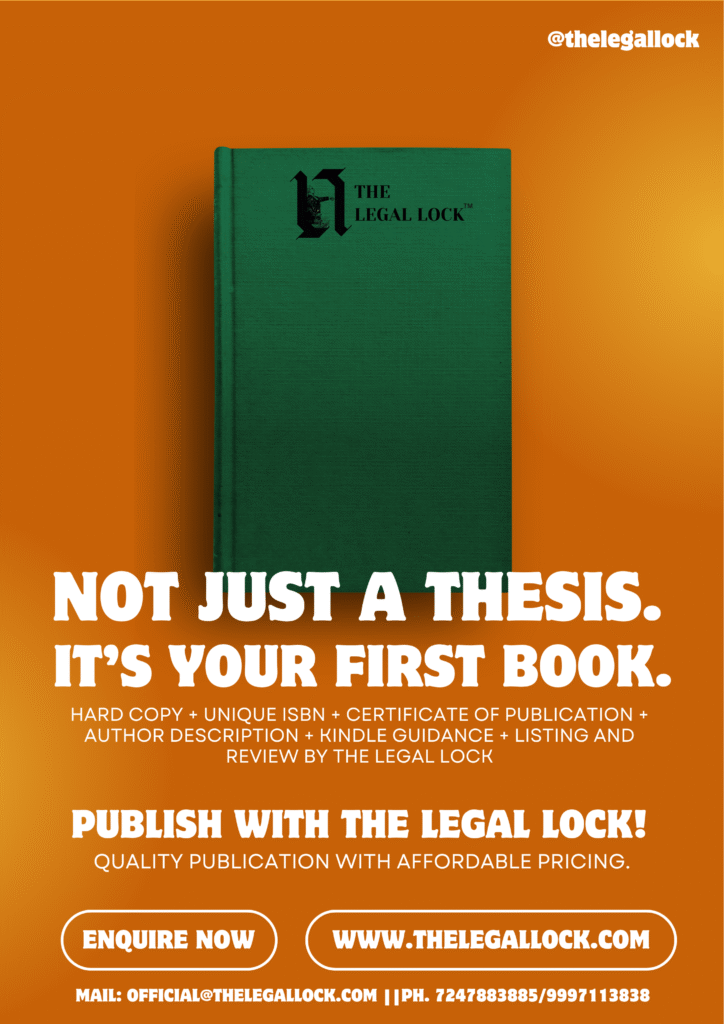Case Brief: Suman Singh vs Sanjay Singh

| Name of the Case | Suman Singh vs. Sanjay Singh |
| Citation | MANU/SC/0251/2017 |
| Date of the Judgement | 18.02.2020 |
| Petitioner | Suman Singh |
| Respondent | Sanjay Singh |
| Bench/ Judges | R.K. Agrawal and Abhay Manohar Sapre, JJ. |
| Statutes Involved | Hindu Marriage Act, 1955 |
| Important Articles/ Sections | Hindu Marriage Act, 1955- Section 9; Section 13 |
FACTS OF THE CASE
The appellant and the respondent got married in 1999, and their marriage was solemnized. Out of their wedlock, two daughters were born. The respondent-husband was the caretaker of the government. The children were living with the appellant. In 2010, the respondent-husband filed a petition for dissolution of marriage under section 13 of the Hindu Marriage Act, 1955. He sought the dissolution for ‘cruelty’ against the appellant. He listed 9 instances where he allegedly suffered from mental cruelty, including the appellant not showing respect to the husband or his relatives, or the disinterest of wife in cooking for him. In response to the petition, the appellant filed a petition for restitution of conjugal rights.
The family court allowed the petition of the respondent-husband, granting the divorce and dismissing the appellant’s petition. Aggrieved, the appellant preferred an appeal before the High Court, but the appellate court dismissed the appeal. The appellant preferred a second appeal to the Supreme Court of India.
PROVISIONS INVOLVED
Hindu Marriage Act, 1955
Section 9: Restitution of conjugal rights
Section 13(1): Dissolution of marriage
LEGAL ISSUES INVOLVED
The following legal issues were identified by the court to decide:
- Whether the Trial Court justified in allowing the respondent’s petition to dissolve the marriage against the appellant on the grounds of cruelty?
- Whether the trial Court justified in dismissing the appellant’s petition for restitution of conjugal rights?
- Whether the appellant is able to make out any case for restitution on conjugal rights?
ARGUMENTS FROM THE APPELLANT’S SIDE
The learned counsel from the Appellant’s side made the following contentions:
- They denied all the allegations of mental cruelty.
- She contended that it was her husband who had withdrawn from the marital bond without any reasonable cause.
ARGUMENTS FROM THE RESPONDENT’S SIDE
The learned counsel from the Respondent’s side made the following contentions:
- The husband presented 9 instances of cruelty to prove his case, such as being disrespectful towards his elders, being uninterested in household activity, allegations of her indecent behaviour, forcing him to live separately from his parents, etc.
- They argued that since they have been living separately for a long time, he is entitled to a divorce.
JUDGMENT AND THE COURT’S STANCE
The bench observed that the term ‘cruelty’ was not defined under section 13 of the 1955 Act, and it is a subject matter of interpretation. The landmark case to understand what amounts to ‘mental cruelty’ in this matter was ‘Samar Ghosh v. Jaya Ghosh’, where their lordships observed that no uniform standard can ever be laid down in this regard; however, certain 16 instances can be enumerated to deal with the cases of cruelty.
The bench noted that almost all the grounds of the case were were isolated, related to the behavipur of the and did not enable to subsist to enable the respondent to seek a divorce decree.
On assuming that one or more grounds constituted an act of cruelty, yet the acts complained of were condoned by the parties due to their subsequent conduct inasmuch as, admittedly, both lived together till 2006, and the appellant gave birth to their second daughter in 2006.
Most of the incidents of alleged cruelty pertained to the period prior to 2006, and some were alleged to have occurred after 2006. Those pertained to the period after 2006 were founded on general allegations with no details pleaded, such as when the event occurred, what was its background, who was the witness, etc.
A petition seeking divorce on some isolated incidents alleged to have occurred 8-10 years prior to the filing of the petition cannot furnish a subsisting cause of action to seek divorce after 10 years or so of the occurrence.
Few isolated acts of the long past and that too found to have been condoned due to compromising behaviour of the parties cannot constitute an act of cruelty within the meaning of section 13(1)(ia) of the 1995 Act.
The courts, prior to approaching the Supreme Court, erred by failing to take note of the material aspect of the case and thus committed jurisdictional error in passing the decree.
The bench also observed that it is the respondent who withdrew from the appellant’s company without any reasonable cause.
Therefore, the impugned judgment is set aside. As a result, the petition filed by the despondent is dismissed, and therefore, the marriage between the parties is said to subsist.
CONCLUSION
The bench set an important precedent in this case by highlighting that the cruelty is a subject matter of interpretation and thus cannot be held to be rigid. This is a fluid concept. The court should look at whether the events were isolated or dependent and not merely make their decision on the number of incidents reported, as this is where justice lies.







